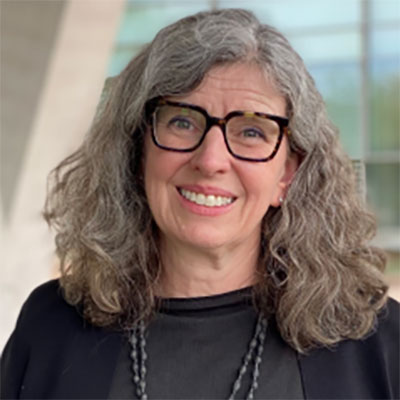Summary
Black carbon (BC) is considered to be the most refractory component of organic matter in soils and is produced by biomass burning (typically in the form of forest fires) and fossil fuel combustion. BC typically represents a small portion of the soil organic carbon (SOC); however, in certain locations BC can represent more than 30% of the SOC. These “BC hotspot” locations are typically areas characterized by (1) low SOC, (2) intense wildfire activity, and (3) the presence of fossil fuel burning. Central Arizona contains all three factors and is unique because BC can perhaps play a more important role in biogeochemical soil processes relative to areas with low BC concentrations.
The first phase of this project focuses on BC concentration and how it relates to land use classifications. We hypothesized and confirmed that BC concentrations are higher in soils classified as urban and are lower in soils classified as desert. We also collected isotopic compositions of BC in soils in an attempt to identify a BC source. BC isotopic composition suggests that BC is a mixture of burned plant material and fossil fuel.
The second phase of this project is to characterize biogeochemical processes that remove BC from the soil system. We characterize two processes that are responsible for BC degradation: photochemical and microbial oxidation. We are interested in molecular characterization of BC before and after these processes. This type of characterization will help us understand the fundamental chemistry of BC. We hypothesize that BC undergoes functional group changes during both photo and microbial oxidation. We have shown that BC can be photo-oxidized over extended time scales (>1 year). New data has also suggested that BC can be functionalized with carbonyl (carbon-oxygen double bond) groups during photo-oxidation.



 Hilairy Hartnett
Hilairy Hartnett
 George Hamilton
George Hamilton
 Stevan Earl
Stevan Earl